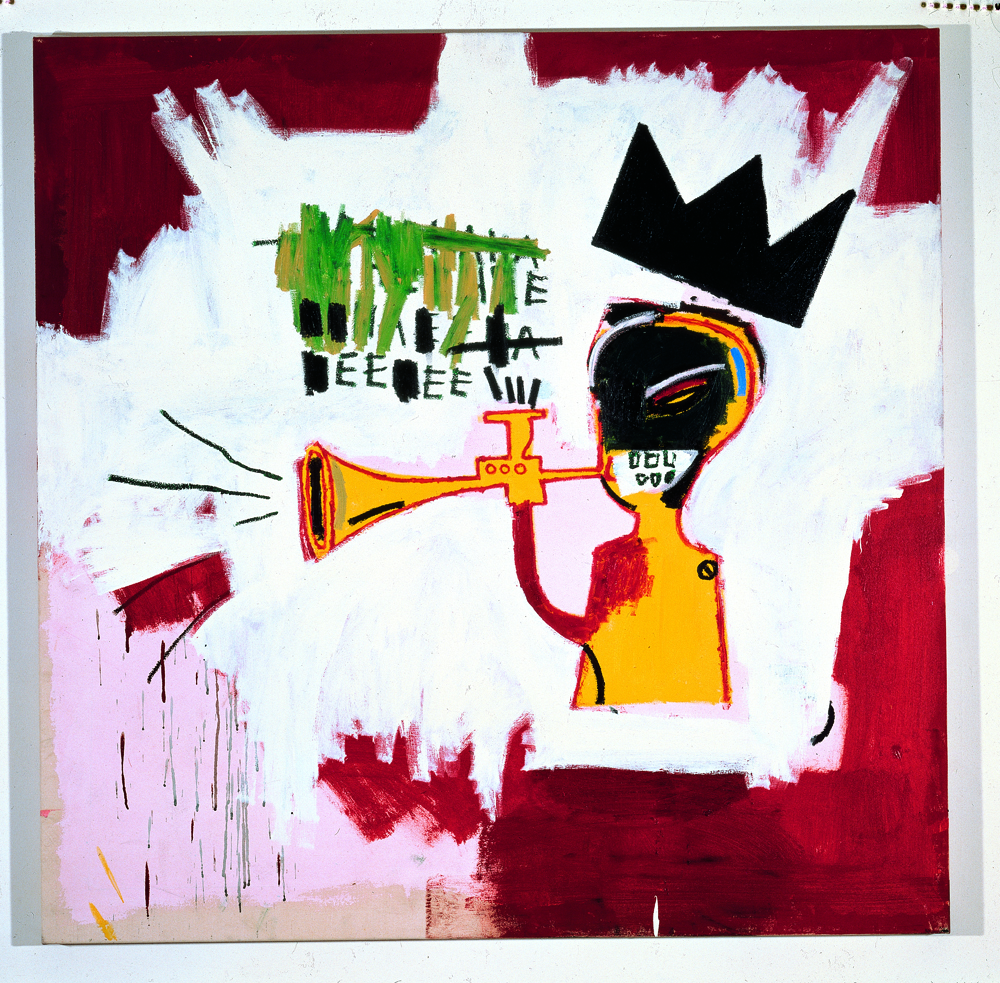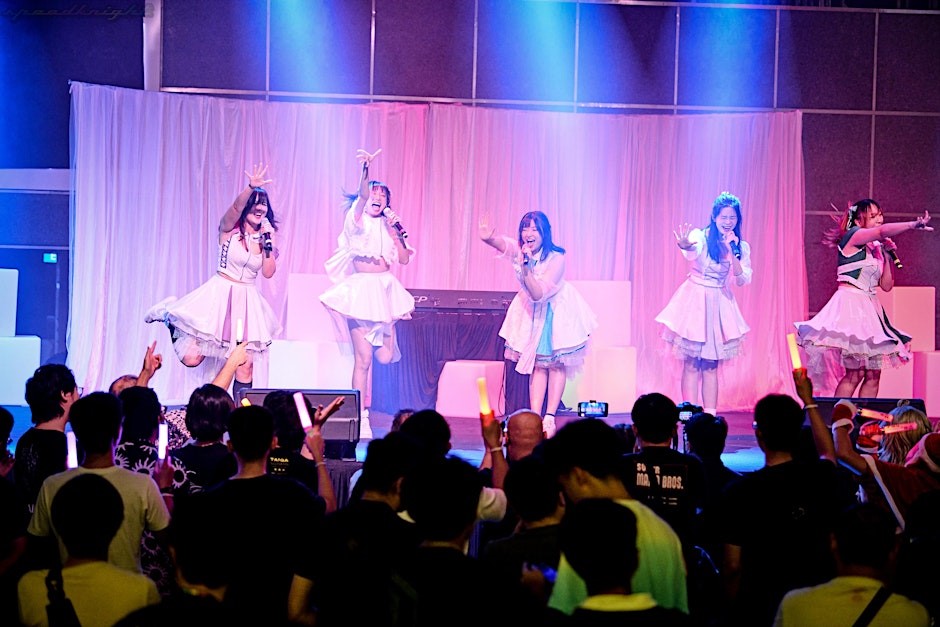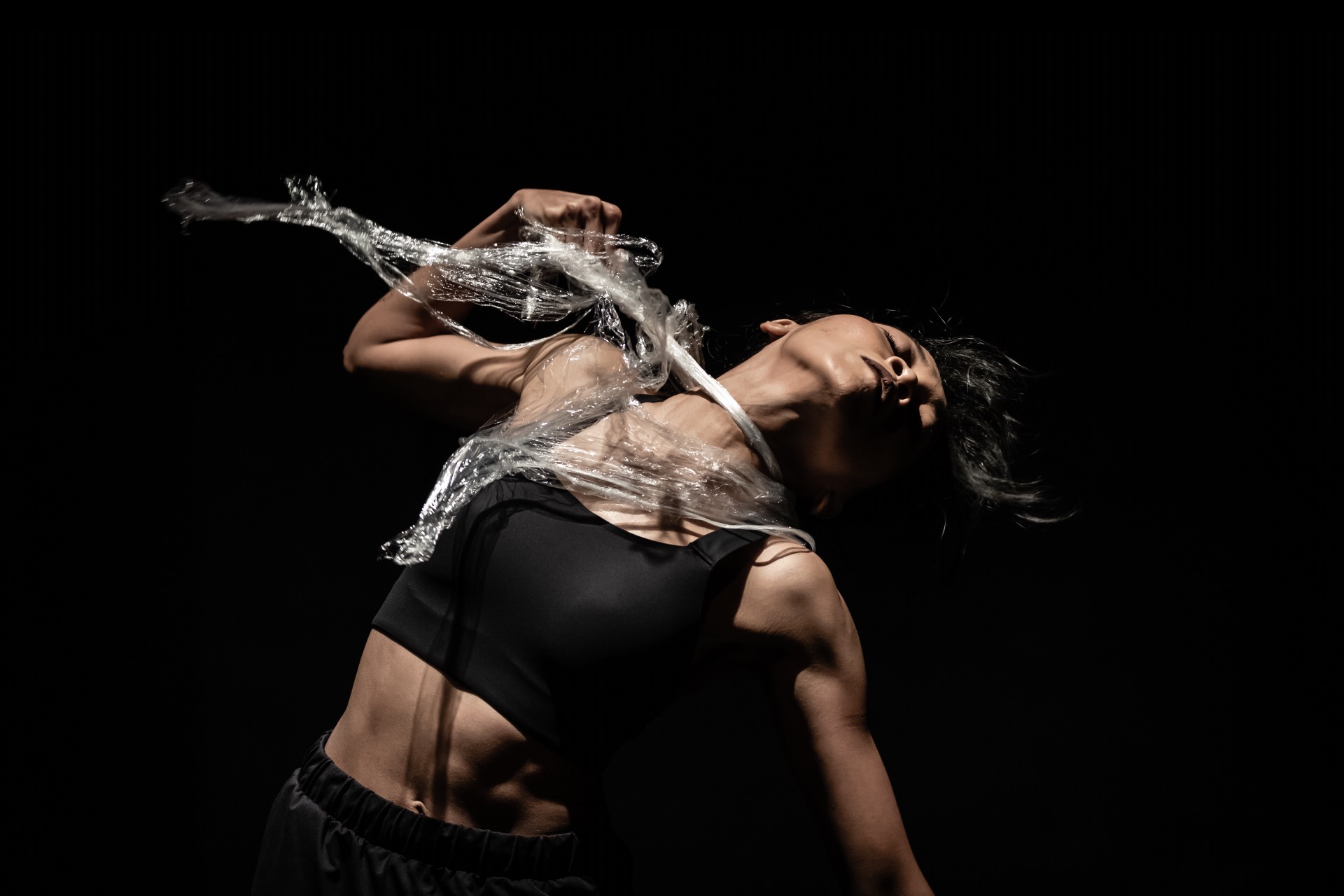
Following two years of exploration and process development, Gelek, the sequel to 2018’s Joget, showcases contemporary dance works by Malay-identifying choreographers. It explores gender and identity from the starting point of “gelek”, a word in Malay that describes the movement of the hips in an exaggerated manner. Found in traditional Malay dance and dangdut, it has a storied history that involves gender, cultural taboos and sexuality.
On a creative journey
It began with Gelek:Lab which provided dramaturgical and production support to six artist-choreographers through the National Arts Council’s Self-Employed Person (SEP) Grant in 2021, who later presented Transcultural Hips, Corporeal Spectrum and Identity Politics at Esplanade – Theatres by the Bay in March 2022.
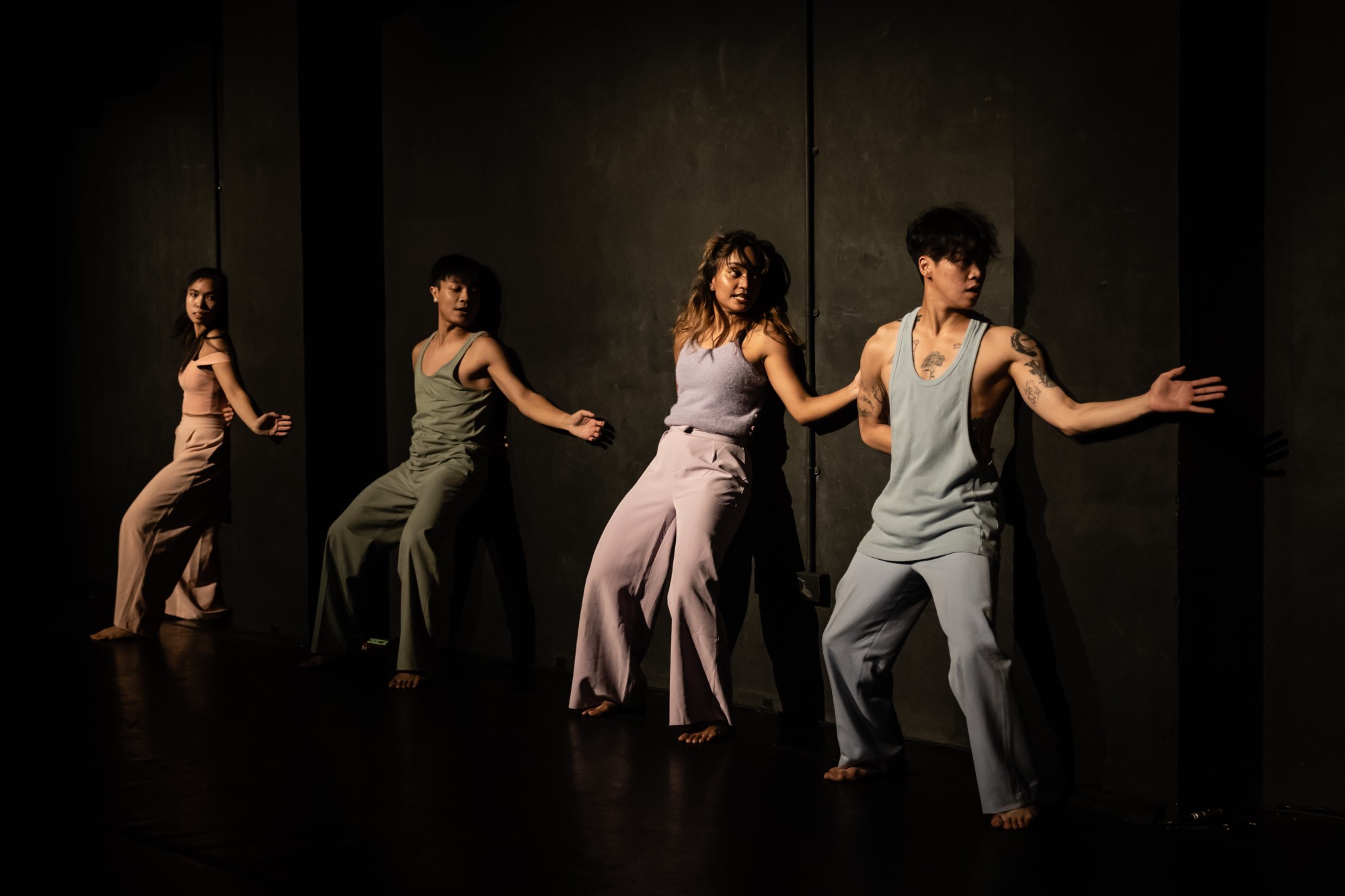
They continued their creative journey with a residency at Rimbun Dahan in Kuala Lumpur as part of the Gelek:Residency earlier this year, where their collaborations with Malaysian artists, choreographers, and interlocutors brought diverse perspectives to the forefront through innovative explorations grounded in practice-based research and deeply rooted in culture.
Thus, following two years of exploration and process development, Gelek aims to broaden the audience’s perspective by presenting a diverse range of dance expressions and inspiring exploration beyond the boundaries of conventional offerings in six complete dance works performed in two triple-bill formats that address the themes “Corporeal Footprints” and “Projecting Identity”.
Gelek cultural dramaturg Dr Soultari Ami Farid elaborates, “While experimenting with gelek as a movement vocabulary and the socio-cultural weight that the movement holds, the choreographers had to work from and with their own lived experiences of the varied ways they had to negotiate societal norms of gender and identity.”

Triple Bill 1, “Corporeal Footprints”, presents the attributes of the environment as stimuli for exploration and disruption through the movement-based productions of three talents.
“de’Mi tu” by Bib Mockram explores the dualities within singular entities, reflecting on our insignificance and the futility of our schemes as they relate to micro and macro scales.
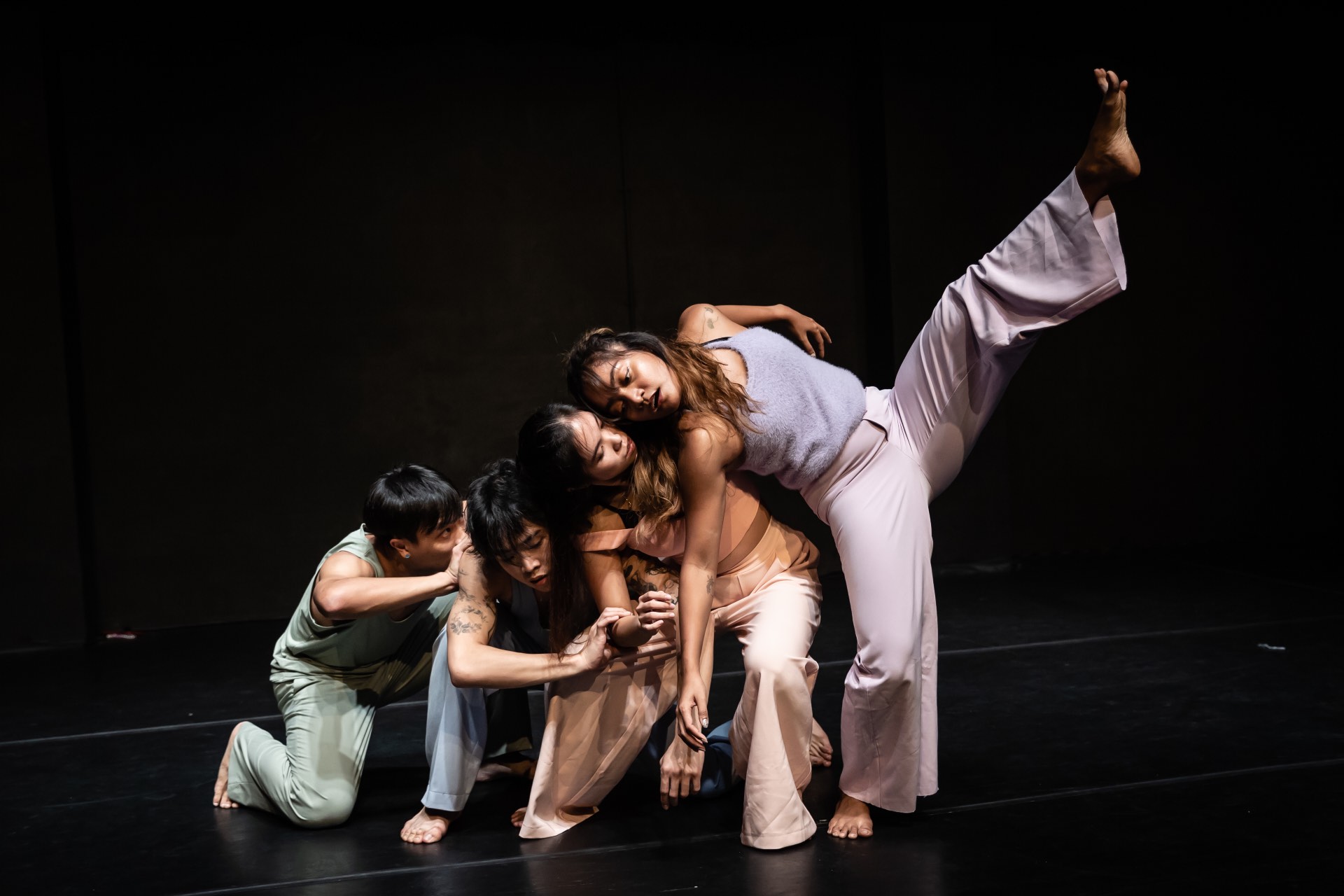
“Kontur2” by Syarifuddin Sahari examines the hip as a geographical portal. Through hip-based vocabularies, it explores the parallels between places and identities that manifest in one body and observes the levels of harmony and discomfort that arise from the tensions and resonances between them.
“Gelek Fictions” by Lyn Hanis Rezuan illustrates how comfort and discomfort levels vary based on circumstances. Through movement exploration drawn from Betawi, including tari cokek and gayol movements, one is reconciled with emotional duress. The work is informed by Lyn’s personal experience as a movement artist and court language interpreter for cases of sexual assault and abuse.
Triple Bill 2, “Projecting Identity”, explores the introspection of identity and its implications for the future.

“Jantan Joget” by Shahrul Azhar Marekan explores the borders of masculinity, and teases the possibilities of male bravado born out of hip swaying by drawing from the Hawaiian hula, especially as gelek movements are often attributed to femininity, and usually only performed by women.
“P A S T E L” by Afiq Noorazwa, a further exploration of Boboys & Gegerls (2022), is an open invitation to meet the different parts of ourselves that we love, have loved, and are lucky to be loved by. Pastel colours are used as movement prompts to explore the multiplicity of identities within one body.
“Origins of Us” by Syimah Sabtu explores the tension between self and society as a source of choreographic material. It relates everyday practices and rituals to physicalities largely hidden from society and threads them into a movement-based investigation of the female gender.
Gelek will be held on Oct 12 , 13 and 14 at Blackbox, Stamford Arts Centre. Each show is 120 minutes long with a 15-minute intermission. Audiences are invited to stay for the post-show dialogue to interact with the artists and the chance to pose questions about their creative work.
Tickets ($30 to $70) are available at gelek-2023.peatix.com.


